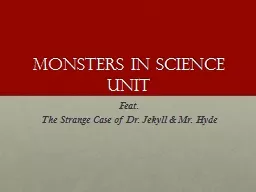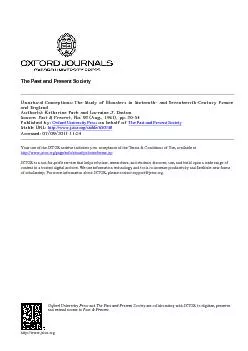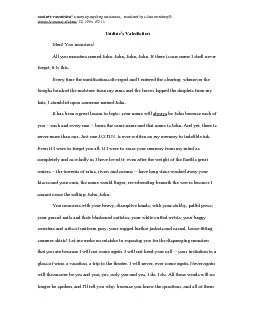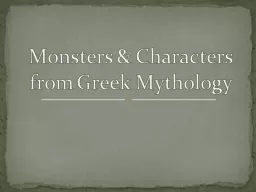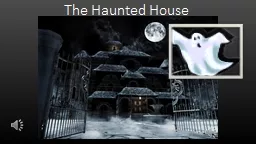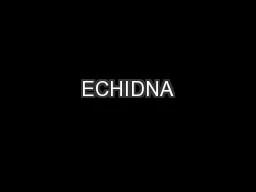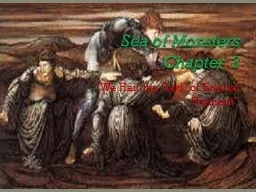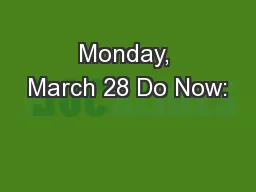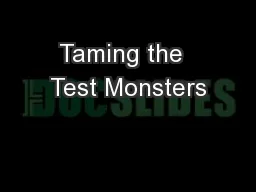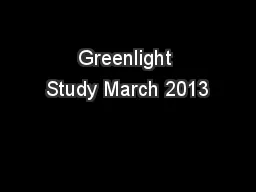PPT-Monsters in Science
Author : mitsue-stanley | Published Date : 2017-08-27
Unit Feat The Strange Case of Dr Jekyll amp Mr Hyde Nuts amp Bolts 34 chapters per night of Jekyll and Hyde Reading quizzes Additional short readings Culminating
Presentation Embed Code
Download Presentation
Download Presentation The PPT/PDF document "Monsters in Science" is the property of its rightful owner. Permission is granted to download and print the materials on this website for personal, non-commercial use only, and to display it on your personal computer provided you do not modify the materials and that you retain all copyright notices contained in the materials. By downloading content from our website, you accept the terms of this agreement.
Monsters in Science: Transcript
Download Rules Of Document
"Monsters in Science"The content belongs to its owner. You may download and print it for personal use, without modification, and keep all copyright notices. By downloading, you agree to these terms.
Related Documents

